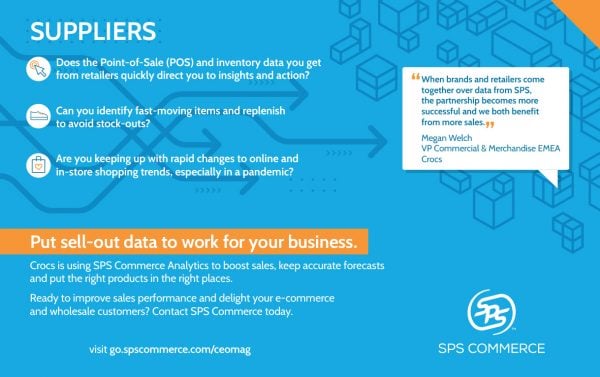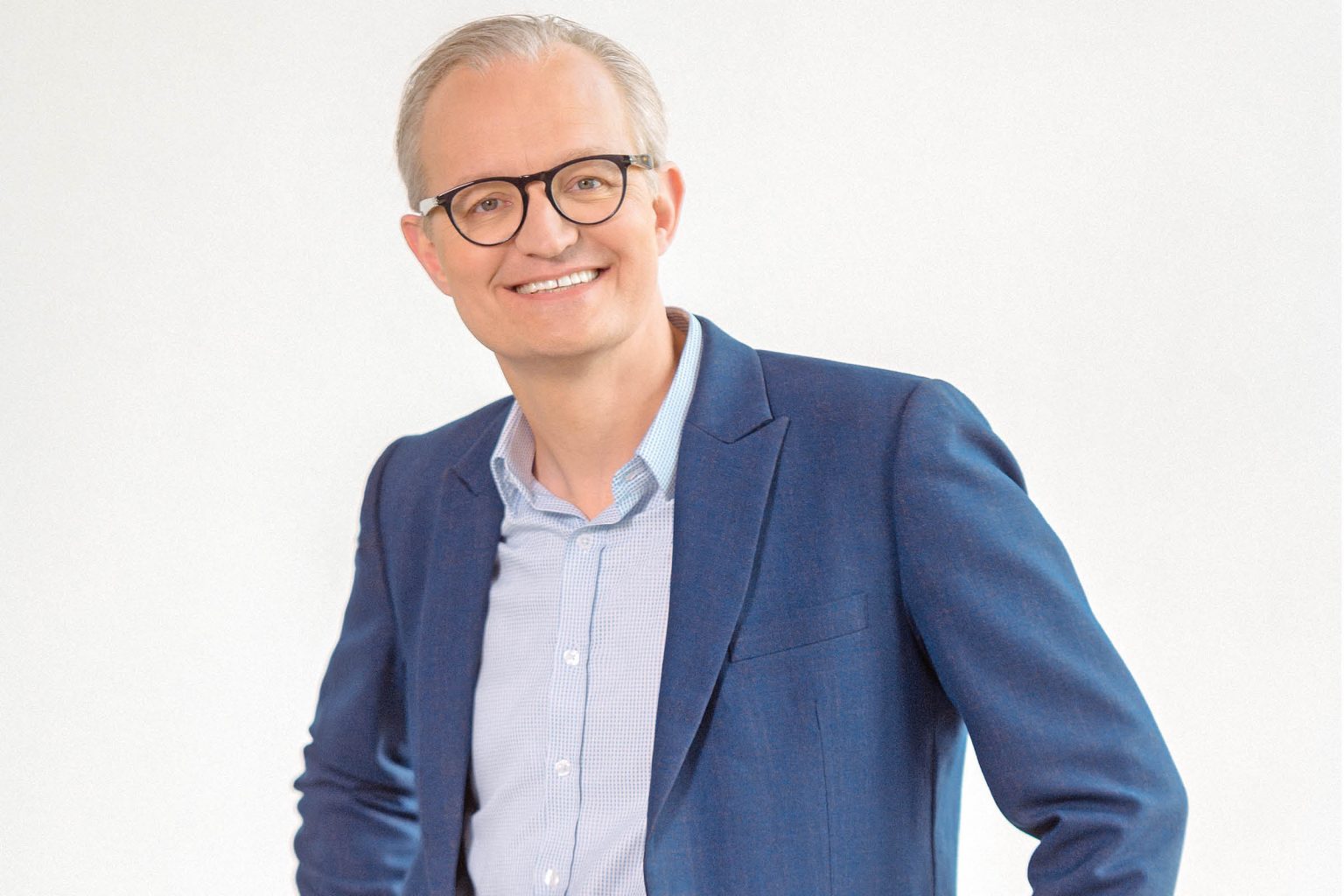There was a time when the distinctive rubber clogs produced by Crocs had more than their fair share of detractors. With their bold design and unapologetic prioritisation of comfort and durability, some just weren’t ready for what has now become one of the most easy to recognise item of footwear on the market.
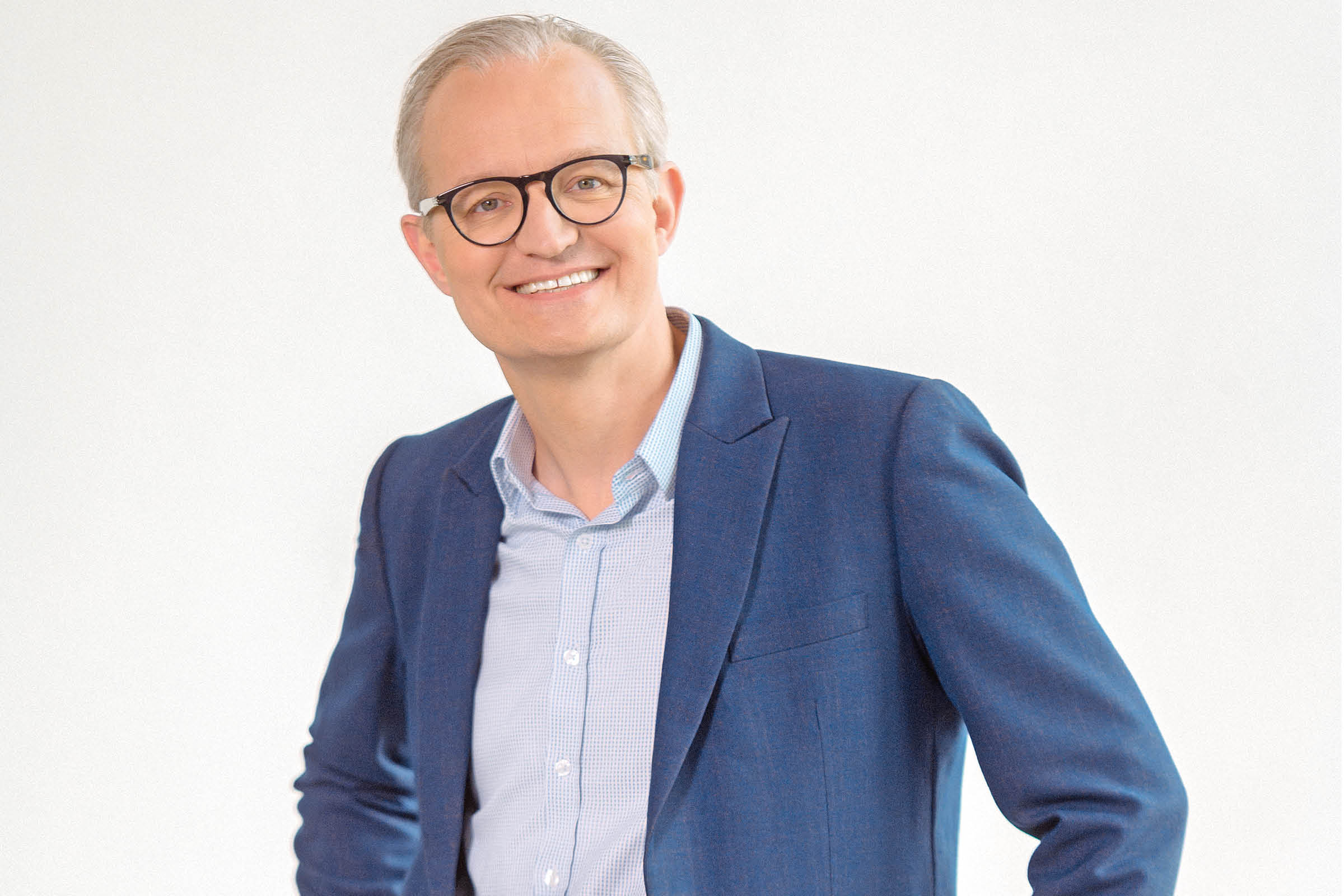
But those days are over, according to Adrian Holloway, Senior Vice President and General Manager Europe, the Middle East and Africa (EMEA). “We’re getting more lovers than haters now,” he confirms.
That success has been linked to collaborations with high-profile artists who genuinely love the brand. Justin Bieber has dropped two ranges with the company, producing a yellow and a lavender Classic Clog decked out with charms inspired by his Drew House clothing brand. Post Malone has also released a few collections.
“All the collaborations with whom we work – Post Malone, Justin Bieber and the numerous others over the past year or so – all of them have been Crocs’ fans,” Adrian reveals. “There’s always been a resonation with our wonderful brand; they’ve always worn Crocs previously and then there’s been a commercial discussion, either instigated by the collaborator or by us.”
For a brand that launched in 2002, Crocs has established an impressive global presence. “We are smaller than some other footwear brands, and hopefully we’re also more nimble,” Adrian says.
To achieve its momentum, the company has focused on four key pillars. The first is what it calls ‘clog relevance’. The company recognises that an element of its brand had the ‘Marmite factor’ – a reference to the British spreadable yeast extract brand that is famously either loved or loathed.
All the collaborations with whom we work – Post Malone, Justin Bieber and the numerous others over the past year or so – all of them have been crocs’ fans.
“We want to move the ‘considerers’ into the ‘love’ area,” Adrian says. The second pillar is growing the sandal side of the business, which has succeeded in getting consumers familiar with the idea of Crocs footwear that diverges from the classic design.
That’s followed by personalisation. The company has introduced Jibbitz – quirky little charms that appeal to all ages and attach to the holes in the shoes, allowing consumers to make their purchase unique.
Finally, the company has invested in technology to deliver the most comfortable product possible in the form of its LiteRide range. The comprehensive range includes sandals, clogs and flip-flops.
“It’s an extremely comfortable shoe,” Adrian reveals. Globally, digital sales grew 75% in the first half of this year, accounting for one-third of the company’s global revenue. And in EMEA, digital sales currently represent nearly 50% of total revenue. It is therefore no surprise that Adrian’s plans for growth put digital first.
“My three-year vision is to keep maximising digital because that’s where we have our competitive edge,” he explains. “It gives us a big step forward.” Another part of his strategy involves growing the brand. Collaborations with superstars certainly help, but Adrian is also helping Crocs develop a more mature reputation in certain markets.
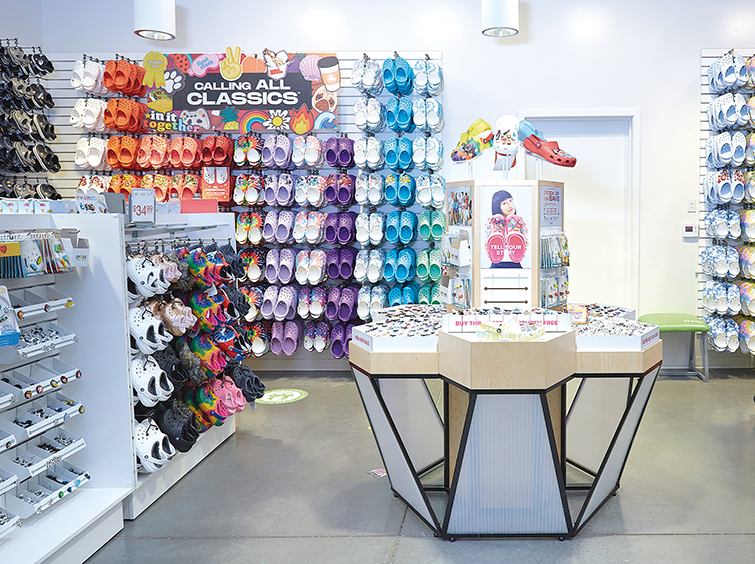
“Historically, in Northern Europe, we’ve always been more of a child’s shoe; we’ve always been seen at a beach resort,” he points out. “But we’re now seeing a certain brand heat develop across all our key markets, whether it be Northern Europe, our distributors in the Middle East or in Africa or Russia, where we’re seen as more of a year-round shoe. So we believe we’re more than just a summer child’s shoe and we’re building up the brand.”
One of the biggest challenges Adrian faces in his role is keeping the brand fresh and new. “We want to engage more customers; we’re really keen to start engaging the millennials,” he asserts. Another challenge he’s looking into is maximising sales in sandals.
“We feel we’re getting some significant growth and some brand awareness around the clogs and our personalised Jibbitz, but one of the challenges now is going to be looking at how to grow our sandal business and how we’re going to attract the right customers,” he says.
“We’re thinking about how we’re going to balance off our Northern European markets versus our distributors to make sure we’re on everybody’s feet. It’s just finding the balance between price points versus our competitors versus our sandal range.”
Growing into sandals
If Adrian can get the balance right, the payoff could be substantial. “Sandals is where we see one of our brand’s main opportunities in the next three to five years globally, particularly in my market in Europe and especially in Southern Europe, in our warmer climate areas,” he says.
The sandal market is worth about US$30 billion (€25 billion) globally. At the moment, Crocs gets about 18% of its global revenue from sandals, meaning it already has a strong foothold in this lucrative market.
“We have a very strong planning function and a very strong marketing function, but obviously we just need to morph those teams accordingly to make sure we can connect with the sandal consumer because they may be slightly different from the clog consumer,” Adrian reflects.
Sandals is where we see one of our brand’s main opportunities in the next three to five years.
While the COVID-19 pandemic had a devastating impact on retail worldwide, Crocs has come through the crisis stronger than ever and with a new level of consumer awareness around its brand. Last year, the company gave away more than 860,000 pairs of Crocs to healthcare workers in the US, Canada and Europe.
Not only was the campaign a way of giving back at a difficult time, it also cemented the brand’s reputation as a provider of comfortable, durable and practical footwear.
“That really did resonate with our consumers, that we connected with them in that way,” Adrian says, adding that this act of support for frontline workers tied into another opportunity the company saw for the brand amid the pandemic.
“We see our shoes as easy to clean, easy to manage, and when people are working at home, as they are today and have been for the last 12 months or so, we believe we’re really comfortable for him or her to wear.”
Come as you are
Adrian joined Crocs in 2012 as the CFO for the European region. After what he describes as a “couple of very happy years in Crocs”, he was asked to move to Asia. Starting in late 2014, he was based in Singapore, working as CFO for Northern Asia, India, South-East Asia and Australasia. When the company’s General Manager for the Asia– Pacific region stepped down, Adrian took over the role for two-and-a-half years.
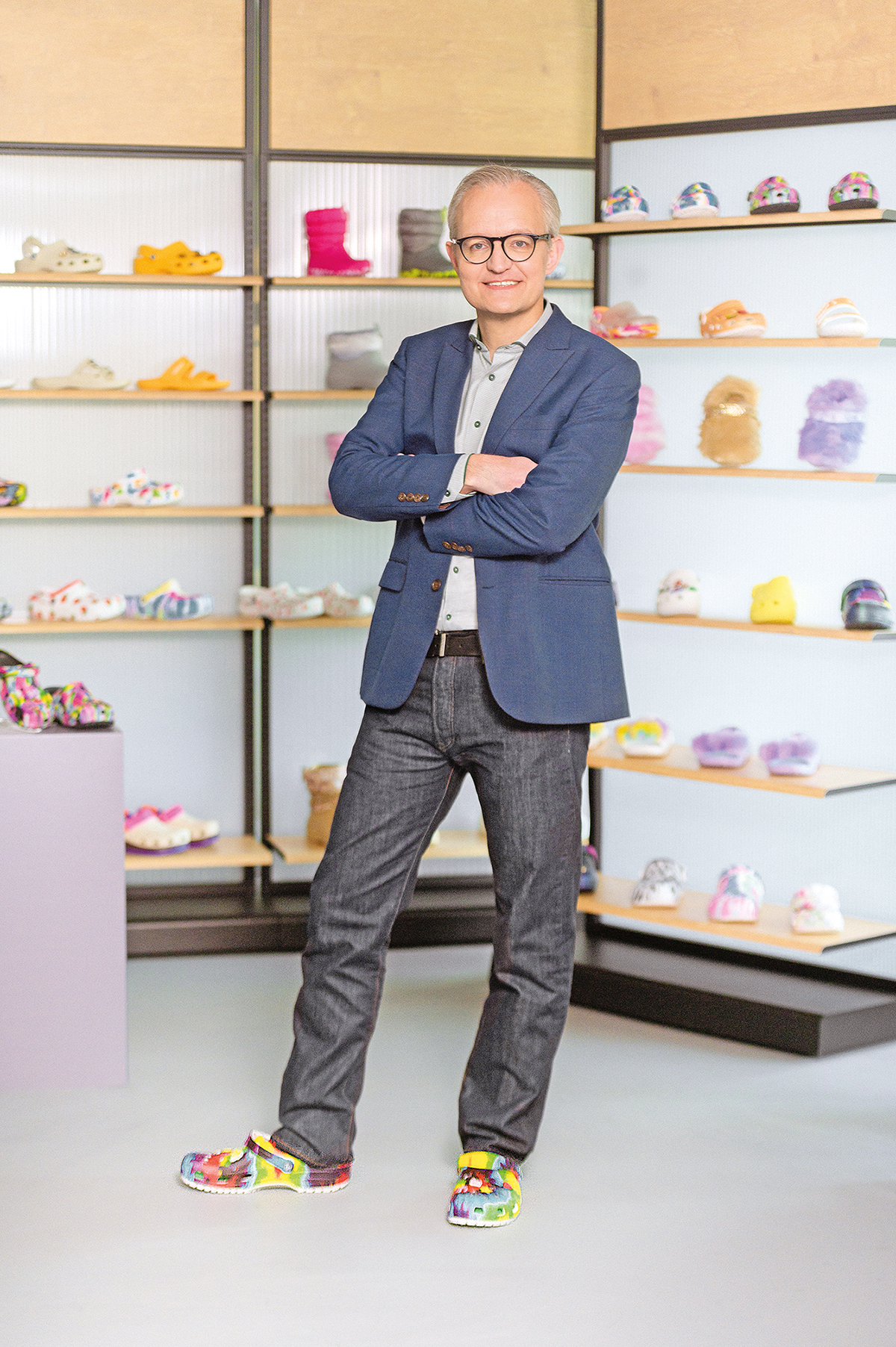
“It was a fantastic opportunity,” he enthuses. “I worked with some wonderful people, travelled the world, and met some great, great Crocs customers and clients.” Then, in June 2019, he came back to Europe, while Neil Parker, who was Senior Vice President for Europe at the time, went to Singapore to take up the role there.
“So Neil and I swapped roles, in essence,” he smiles. Both roles have given Adrian the chance to work across immensely diverse regions with different languages, currencies and cultures, which is good education for a leader at a brand that strives to be globally consistent and locally relevant.
Working in EMEA – spanning Russia to southern Europe to South Africa and Kuwait – has also given Adrian a keen understanding of the ethos behind the company’s slogan: Come As You Are.
“I think that’s something we try to live every day, in how we act with our teams and work with our colleagues, and as a global company,” he says. There are about 400 direct employees working in EMEA and thousands more worldwide.
Beyond that, the company has retail stores across Asia and America and offices in Denver, Singapore, Tokyo and Seoul. Despite the pandemic, 2020 was a massive sales year for the company which expects more bumper revenue for 2021 – with 40–50% growth compared to last year.
“Again, it’s another record year on top of last year’s record. So it’s very positive. We’re connecting with the right number of consumers, but we’ve got a lot more to do,” Adrian concedes.
“We announced last year we’re opening our new distribution centre. We’ve been in Rotterdam for the 12 or 13 years that we’ve been in EMEA and we’re now moving into our new distribution centre in the third quarter of 2021, which is a purpose-built facility just for Crocs. It will hopefully help us connect with even more customers and meet their expectations. It’s in Dordrecht, which is just south of Rotterdam.”
Having won its battle to woo the haters, Crocs has done more than most to earn a place at the table in such a competitive market. “We’re delighting more consumers,” Adrian says. “You can see that in our share price. You can see it in our marketing awards. Last year, we won the Footwear News Brand of the Year, for example. So we feel we’ve come a long way.”
Proudly supported by:

